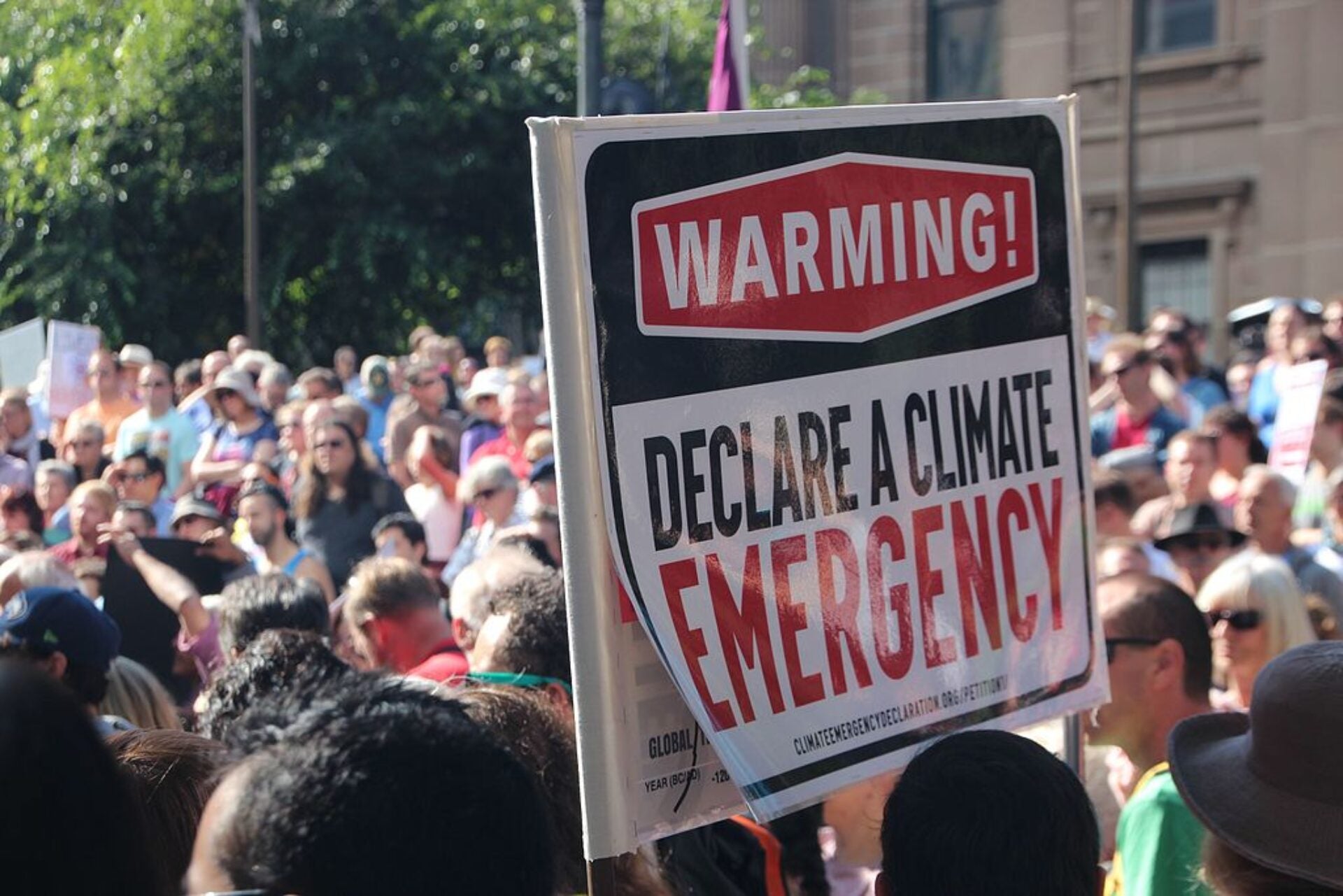
Dispelling a National Emergency Declaration on Climate
Although bad policy, frustration with inaction may lead some to think a national emergency declaration on climate change should be considered. But, it is likely to be ineffective, or worse.
The Trump administration has threatened to declare a national emergency at the U.S. southern border, to facilitate building a border wall.
However, some in his own party have cautioned that such an action may lead a future president to declare a national emergency in order to pursue aggressive actions to address climate change.
Former Secretary of State, John Kerry, flat out suggested that Trump declare a national emergency over climate change.
If you are concerned about climate change—and frustrated by inaction—you might be desperate enough to be hopeful about this possibility.
Well, not only is the idea bad policymaking, it likely won’t work.
Limited Authority
The president can declare a national emergency under the National Emergencies Act (NEA), which then triggers emergency powers stipulated in separate, existing laws.
In other words, a national emergency declaration doesn’t provide the executive branch with open-ended authority, it only enables the president to use emergency authorities previously approved by Congress. So, to use a national emergency declaration to address climate change, there would have to be some relevant emergency powers already identified by Congress.
But, it doesn’t seem Congress had given the executive branch the type of authority needed to support the sustained, long-term effort required to reduce greenhouse gas emissions.
Along with the NEA, there are three other statutes that make up the core framework for national emergencies. The Public Health Service Act outlines powers associated with public health emergencies related to diseases (e.g. swine flu), bioterrorist attacks, drug epidemics (e.g. opioids), etc.
The Robert T. Stafford Disaster Relief and Emergency Assistance Act sets up various federal authorities to assist state and local municipalities affected by natural disasters. And, there are provisions of foreign assistance law that allow the president to use up to $100 million per year of military assets (e.g. inventory, services) to assist foreign countries.
Potentially Relevant Emergency Powers
So, perhaps a presidential national emergency declaration via the NEA paired with the Stafford Act could enable federal action to help climate-impacted states. But, allowable actions are limited to broadening disaster relief programs; improving disaster preparedness, planning, and response; procuring supplemental insurance; encouraging hazard mitigation through land use and construction regulations; and providing assistance programs for public and private losses sustained in disasters.
So, at best, maybe some climate change response, adaptation planning, and investment could occur via these authorities.
The Public Health Service Act could help states deal with public health emergencies related to extreme heat or cold, droughts, and floods, but the authorities granted are generally limited and temporary in nature.
Dan Farber examined some other statutes that could be used, but allowed activities are short lived and fairly narrow, such as: suspending oil leases, addressing industrial shortfalls, and coordinating transportation. The exception being the International Emergency Economic Powers Act which provides broad authority to regulate commercial and financial transactions (e.g. sanctions).
Increasing Emissions in Emergencies
Turns out, there are several emergency powers that if used would actually increase emissions.
For example, approving state petitions to suspend certain Clean Air Act provisions applicable to power generators for up to four months during an energy emergency. Similarly, nuclear power plant licenses could be suspended during a national emergency.
In contemporary energy policy discourse, the Defense Production Act has been the focus of the current administration’s efforts to subsidize money-losing coal and nuclear plants through emergency powers.
Via the FAST Act, the president can declare a “grid security emergency” to protect or restore critical energy infrastructure, enabling the secretary of the DOE to issue temporary orders for emergency measures to protect or restore critical energy infrastructure. In addition, entities complying with the order can be granted cost-recovery for associated compliance costs not covered by market or regulated rates. This authority has also been discussed to support coal plant bailouts.
Too many to list, there are several additional federal “regulatory assistance” waivers that can be sought at the state level during energy emergencies, some of which would increase emissions.
In conclusion, for those who believe a presidential emergency declaration could be a pathway to addressing climate change, think again.
In fact, a current or future president might actually have greater emergency powers to allow for increases in pollution than for reductions.
Christina Simeone
Kleinman Center Senior FellowChristina Simeone is a senior fellow at the Kleinman Center for Energy Policy and a doctoral student in advanced energy systems at the Colorado School of Mines and the National Renewable Energy Laboratory, a joint program.

